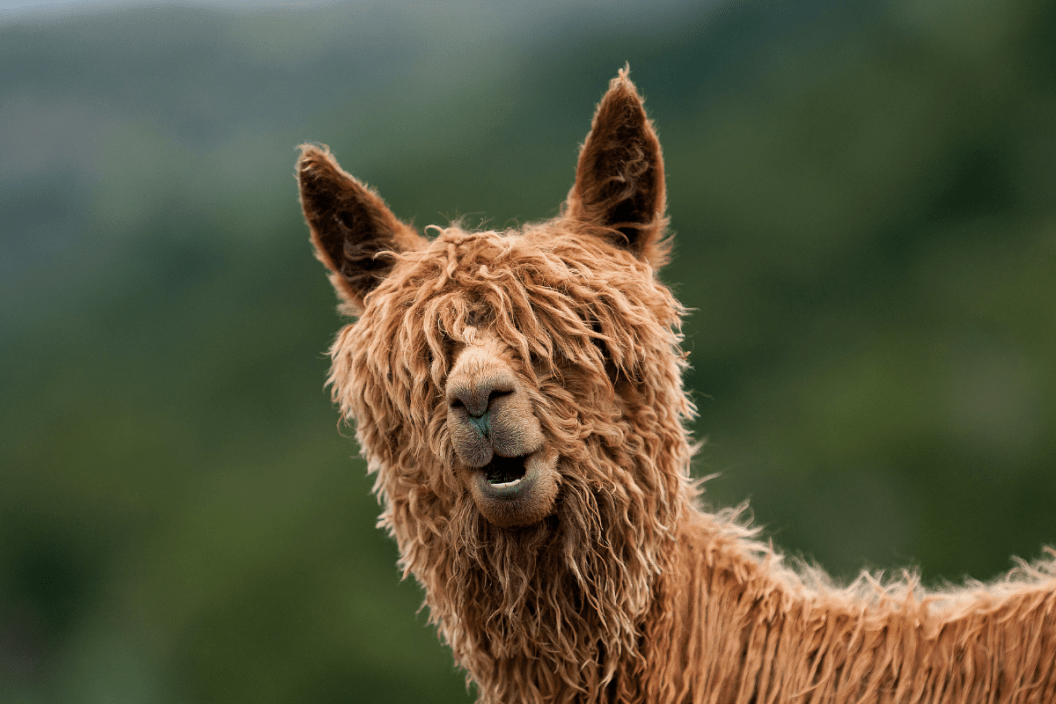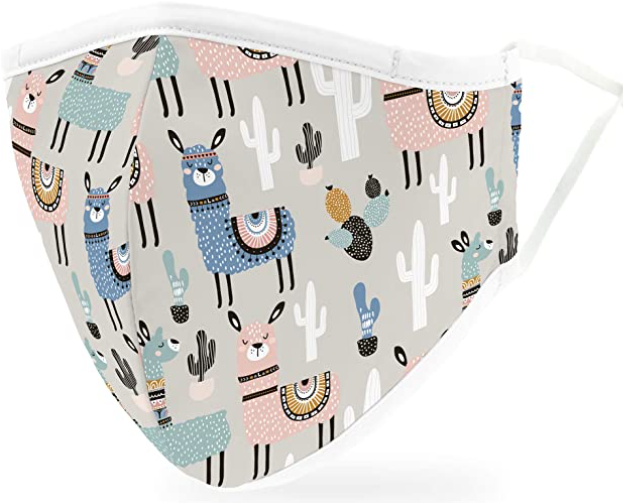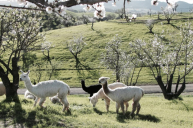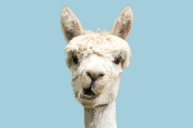Alpacas and llamas are often confused for one another, so how can you know the difference?
How well do you know your llamas from your alpacas? Llamas and alpacas are both in the camelid family hailing from South America. At first glance, they look very similar, causing many people to think they're snapping an alpaca selfie at Machu Picchu in Peru, when it is in fact a llama deserving the photo bomb credit.
These exotic herd animals have similarities; For one thing, both will spit on you. Llamas and alpacas are both bred for their wool and meat, sometimes even their milk. The camelid cousins do look similar in appearance, but noticeable differences exist. The behavior of each species is different, too.
Alpaca vs Llama: What's The Difference?
A good place to start with the difference between alpacas and llamas is with the ears. Llamas have long banana-shaped ears while alpacas have straight ears and they are smaller. Their faces are also a bit different with llamas having a longer face, while an alpaca's face looks smushed.
Llamas are also bigger than alpacas, weighing up to 400 pounds. Average alpacas only get to about 175 pounds. For that reason, llamas are used more as pack-carrying animals on backcountry trips since their bodyweight can carry heavier loads.
Fur Differences
Another difference between the two, is the fur. You may have heard about alpaca wool, which is much softer than a llama's double-layered, coarse outer coat over a softer inner coat. Alpaca fleece has finer fiber and more of it; it comes in 22 colors!
There are two different breeds of alpaca used for wool: the Suri and the Huacaya. Alpacas also have a single coat and their hair is better for people who may be allergic to sheep wool guard hairs.
Alpaca vs Llama: Temperament
Llamas are known to be good guard animals, while alpacas are a bit more skittish. In fact, some alpaca breeders have llamas in order to protect the alpaca herd. Llamas are also easier to train due to their steadfastness and independence.
Llamas and alpacas can interbreed and have fertile offspring, but the babies won't be as strong as a true llama nor have as soft as fleece as true alpaca wool.
More Fascinating Facts
Other fun facts about alpacas?
- Hailing from Andean mountain areas in Peru, Bolivia, Ecuador and Chile, alpacas belong to the camelidae (camel family) family.
- Alpaca fiber is much like sheep's wool! It is lacking in lanolin, which makes it hypoallergenic and allows it to be processed without the need for high temperatures.
- The fiber is both flame-resistant and water-resistant
- During breeding, the male alpaca emits a unique throaty vocalization called "orgling." They hum!
- Alpacas are domesticated versions of vicugña pacos, South American ruminants that live high in the Andes.
- During National Alpaca Farm Days, everyone can meet an Alpaca at a local farm!
If you plan to raise them as pets, alpacas be in pairs as they can die from loneliness; make sure your baby alpaca (cria) has a companion.
Alpacas spit if they feel threatened. They were raised for natural fiber while llamas were raised to be pack animals. Contact the Alpaca Owners Association for more details.
Did you know there are two other South American camelids (besides the camel) that resemble alpacas and llamas? Guanacos and vicuñas are also native to South America. The vicuña's fur is known to be softer and warmer than cashmere.
Follow along at our Wide Open Pets Facebook page!
This article was originally published March 21, 2020.






